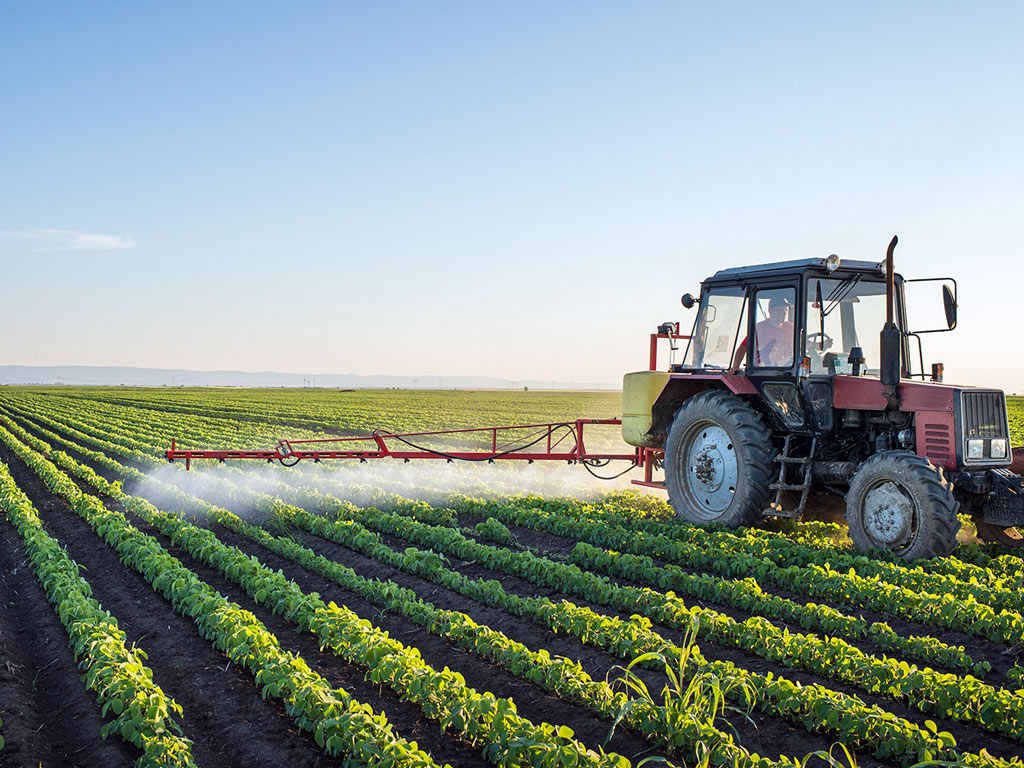The agriculture industry is undergoing a technological revolution, with advances in automation, robotics, and digital technology transforming the way that farms are managed and crops are grown. These technological advancements are having a significant impact on farm labor and employment, affecting both the nature and quantity of work available in the sector.
We will also explore the opportunities and challenges that technology presents for farm workers and employers, and discuss the role of government, industry, and education in supporting the transition to a more technologically advanced agriculture sector.
Benefits of Technology in Agriculture

The introduction of new technologies in agriculture is bringing many benefits to the sector, including improved efficiency, increased productivity, and reduced costs. For example, the use of precision agriculture technologies, such as GPS-based field mapping and yield monitoring systems, is enabling farmers to make more informed decisions about crop management and resource allocation, resulting in higher yields and more sustainable farming practices.
In addition, advances in automation and robotics are helping to reduce the amount of manual labor required on farms, freeing up workers to focus on other tasks. For example, automated systems for planting, harvesting, and weeding are becoming more widely used, reducing the need for manual labor and improving the efficiency of these processes.
Impact of Technology on Farm Labor and Employment
While the benefits of technology in agriculture are clear, the impact on farm labor and employment is more complex. On the one hand, technology is helping to reduce the amount of manual labor required on farms, leading to fewer jobs in some areas. On the other hand, technology is also creating new employment opportunities, particularly in areas such as data analysis, engineering, and robotics.
For example, while automated systems may reduce the number of workers required for planting and harvesting, they also require specialized skills to operate and maintain, providing new employment opportunities for workers with the relevant technical knowledge and experience.
In addition, technology is also changing the types of skills that are in demand in the agriculture sector. As more farms adopt digital technologies, the demand for workers with digital skills, such as data analysis and software programming, is increasing. This shift is creating new opportunities for workers who are able to adapt to these changes and acquire the relevant skills.
Challenges and Opportunities for Farm Workers and Employers
While the impact of technology on farm labor and employment is mixed, there are a number of challenges and opportunities that need to be considered. For workers, the transition to a more technologically advanced agriculture sector can be difficult, particularly for those who do not have the relevant skills or experience. For example, workers who have been employed in manual labor roles for many years may struggle to adapt to new technologies, or may not have the digital skills required to work in new roles.
For employers, the challenges of adopting new technologies include the cost of investment, the need to recruit and train workers with the relevant skills, and the risk of disruption to existing work practices and systems. At the same time, employers who are able to effectively adopt new technologies are able to reap the benefits of improved efficiency, increased productivity, and reduced costs.
The Role of Government, Industry, and Education in Supporting the Transition
To support the transition to a more technologically advanced agriculture sector, it is essential that government, industry, and education work together to provide workers with the skills and training they need to succeed in the new work environment.

For example, the government can provide funding for training and education programs to help workers acquire new skills and transition into new roles. Industry can invest in training and development programs for their workers, and also collaborate with educational institutions to ensure that the curriculum and training programs are relevant and up-to-date.
In addition, educational institutions can play a key role in preparing students for careers in the agriculture sector, by offering programs in areas such as digital agriculture, precision agriculture, and automation and robotics. This will help to ensure that there is a pipeline of workers with the relevant skills to meet the demands of the industry.
Conclusion: The Future of Farm Labor and Employment
The impact of technology on farm labor and employment is complex, but it is clear that technology is transforming the way that farms are managed and crops are grown. As the sector continues to evolve, it is essential that government, industry, and education work together to support the transition and ensure that workers have the skills and training they need to succeed in the new work environment.
While the introduction of technology may present some challenges for workers and employers, it also presents many opportunities for growth and innovation. By embracing technology and investing in skills and training, the agriculture industry has the potential to become a leading sector in the global economy, providing sustainable, high-quality food and supporting the livelihoods of workers and their communities.
In conclusion, the impact of technology on farm labor and employment is a significant and ongoing challenge, but one that can be overcome with the right support and investment. By working together to support the transition, government, industry, and education can help to create a more sustainable and prosperous future for farm workers and the agriculture sector as a whole.









